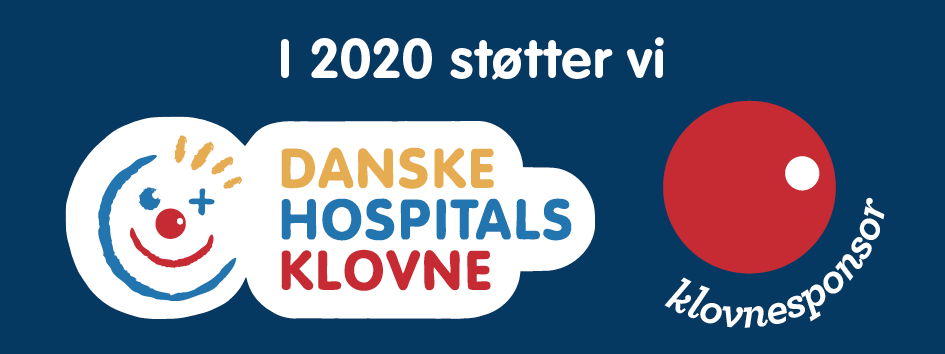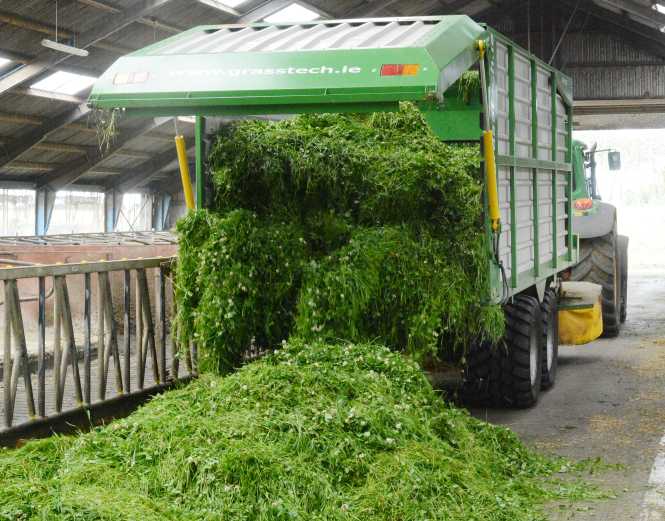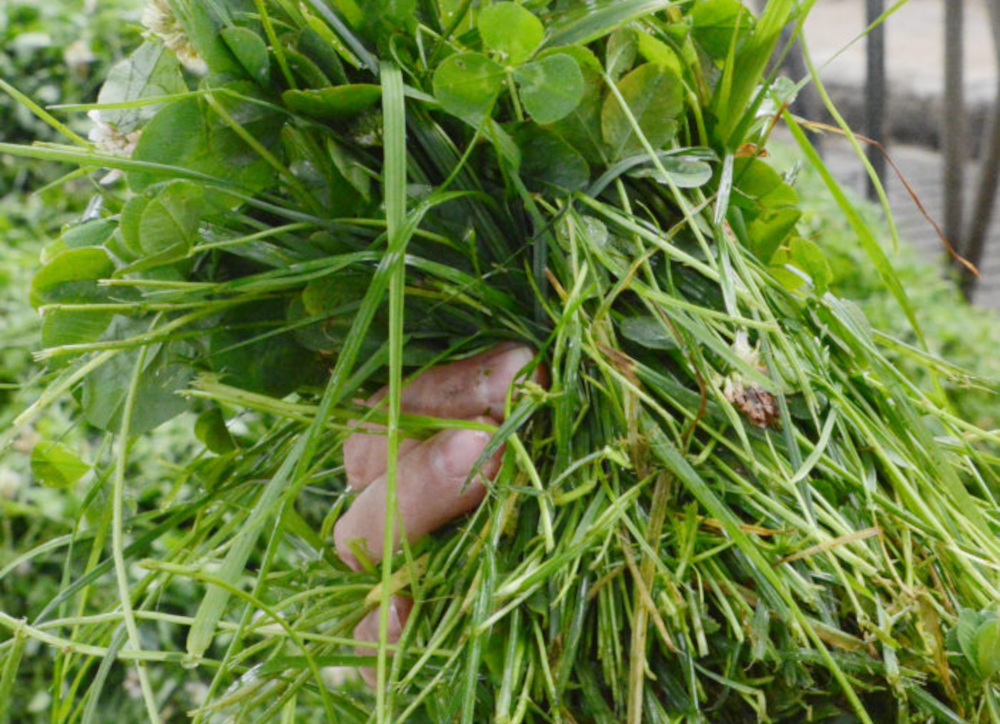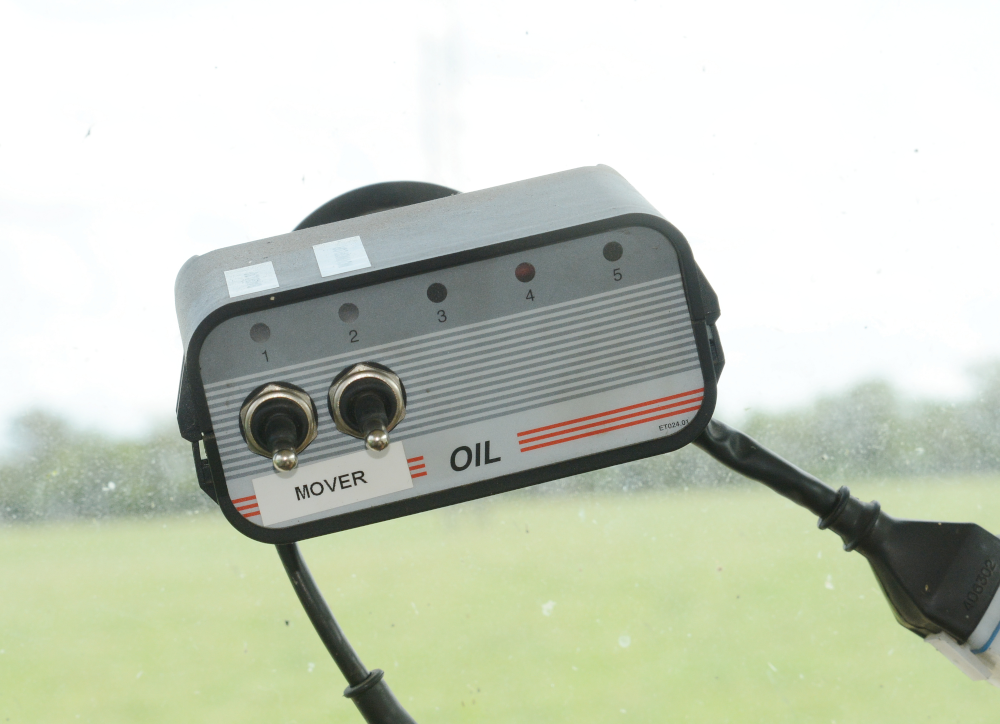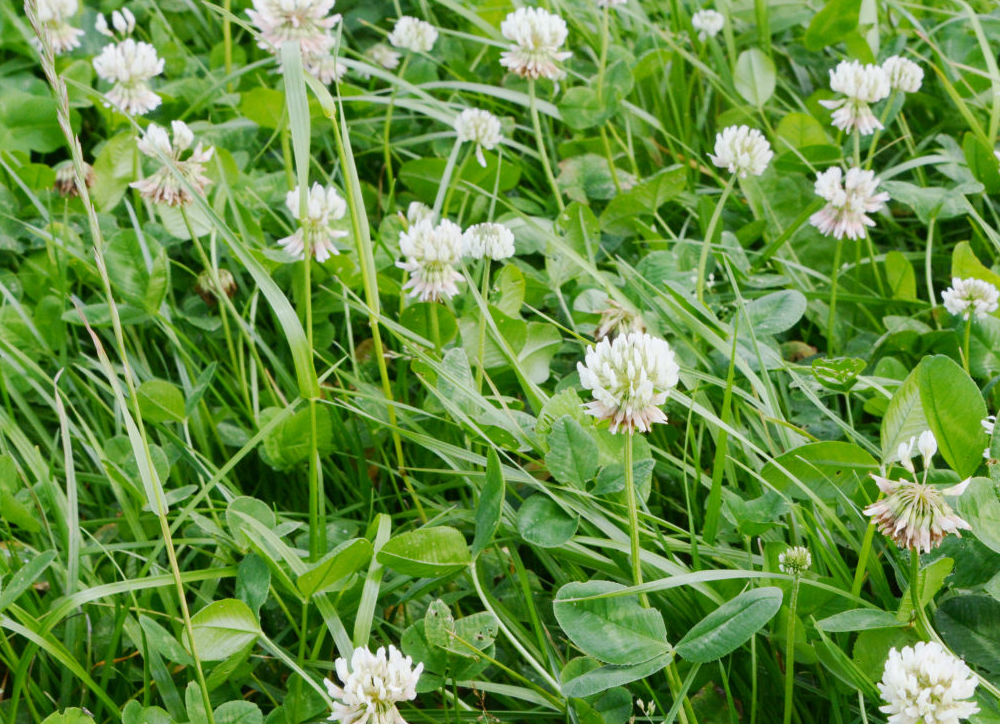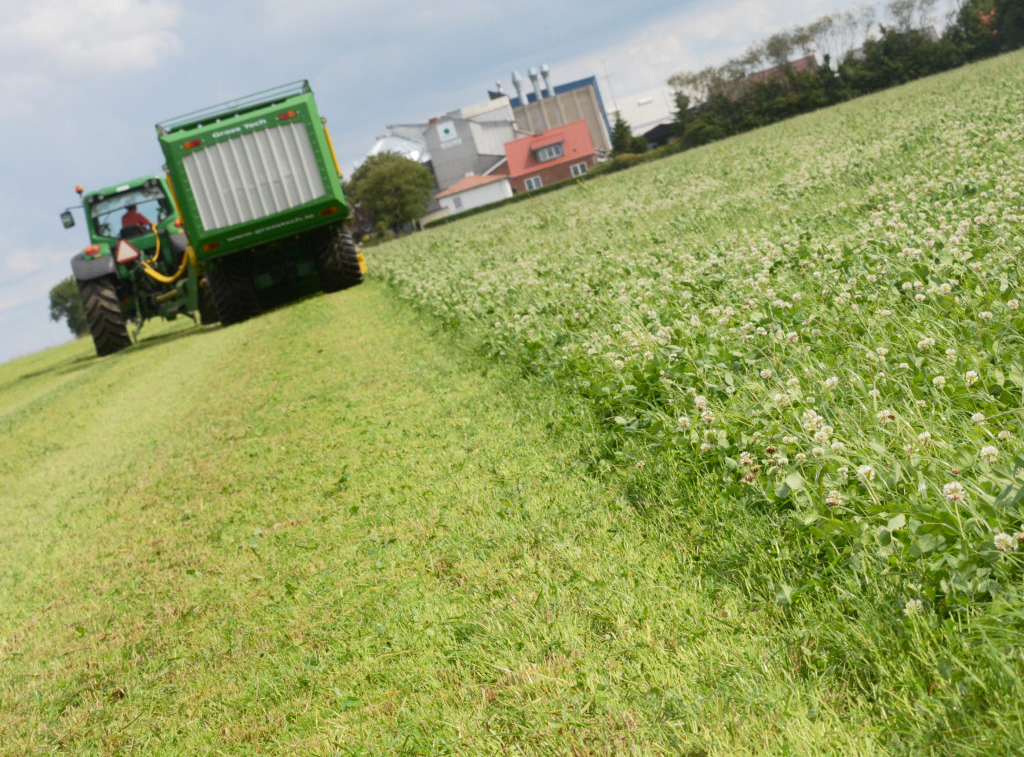MaksiGrass®
A MaksiGrass wagon replaces grass silage with fresh grass for at least 180 days a year
Exploit the potential of fresh grass.
– the cows’ favorite.
Maksi-grazer replaces grass silage with fresh grass for at least 180 days a year.
“In Ireland, they call it a zero-grazer because it is used to increase grass utilization by bringing fresh grass to cows in the barn instead of letting the cows out. The organic milk producer Jørgen Søndergaard Madsen calls it a Maksi-grazer. During the day, the cows themselves fetch about 7 kg of dry matter in the grass fields around Lille Fastergård near Faster, close to Skjern. At night, the 135 organic DH cows consume an additional 11 kg of dry matter from the same fresh white clover grass, collected using the zero-grazer.
The gain is conservatively estimated at approximately 1,000 DKK per. cow per year. in saved expenses.
Gains
It sets new limits for self-sufficiency when the 135 annual cows at Lille Fastergård can consume up to 17 kg of dry matter in fresh grass in August. They retrieve the 6-7 kg themselves through grazing, while the rest is served to them using the zero-grazer. At the same time, direct ensiling costs are also saved, as well as the energy and nutrient loss associated with ensiling the grass instead of feeding it fresh, space requirements, and return on investment for a large feed storage. The experience is that freshly harvested, rain-soaked grass does not affect the appetite in the barn, it just makes the load a bit heavier. The daily time consumption is slightly higher when feeding with fresh grass compared to silage.
Appetizing
A handful of freshly harvested grass ready for the cows after milking. The zero-grazer’s harvesting technique does not damage the grass, and therefore, it does not generate heat.
Control box
The control of the Irish zero-grazer is quite simple with the electrical box with a switch and two double-acting hydraulic outlets on the tractor, requiring no more than 90 horsepower.
Service friendly
The Irish zero-grazer consists of standard components and is designed to be service-friendly for weekly inspections.
Optimal
The optimal grass length for zero-grazing is equivalent to using a five- or six-cut strategy, where the grass is harvested approximately every fourth week. It requires some careful planning, especially at the beginning of zero-grazing.
Sensor-controlled
During the harvest, the bottom chain of the wagon is used to pull the grass away from the elevator and towards the back of the wagon. It ensures gentle handling, as the roller mower delivers the grass directly to the loading elevator. A sensor on the rear hatch provides an acoustic alarm when the pressure against the hatch indicates that the wagon is full. The total weight for the wagon including the roller mower is fully loaded at 8,400 kg.
“The wagon is easy to maneuver, and everyone can quickly learn it.”
The cutting surface
The grass is cut with a roller mower equipped with a total of four blades. When the cutting surface is frayed, it’s time to flip the blades or possibly sharpen or replace them. Even though the working height of the mower is appropriate in relation to… avoid contamination from manure and soil and to promote quick regrowth, Jørgen Søndergaard Madsen would appreciate better options for adjusting the working height under more specific conditions.
Grass cover
The robust 620/40R22.5 low-pressure tires with a grass pattern on the bogie protect the grass on wet days.
As the zero-grazer also only requires a relatively small tractor, Jørgen Søndergaard Madsen believes that in mild winters, it will be possible to harvest fresh grass in December Fields that are going to be replanted in the spring are not a concern for him to drive on at all Cows eat wet grass in the barn with just as good an appetite as dry grass, as observed at Lille Fastergård.
We support

